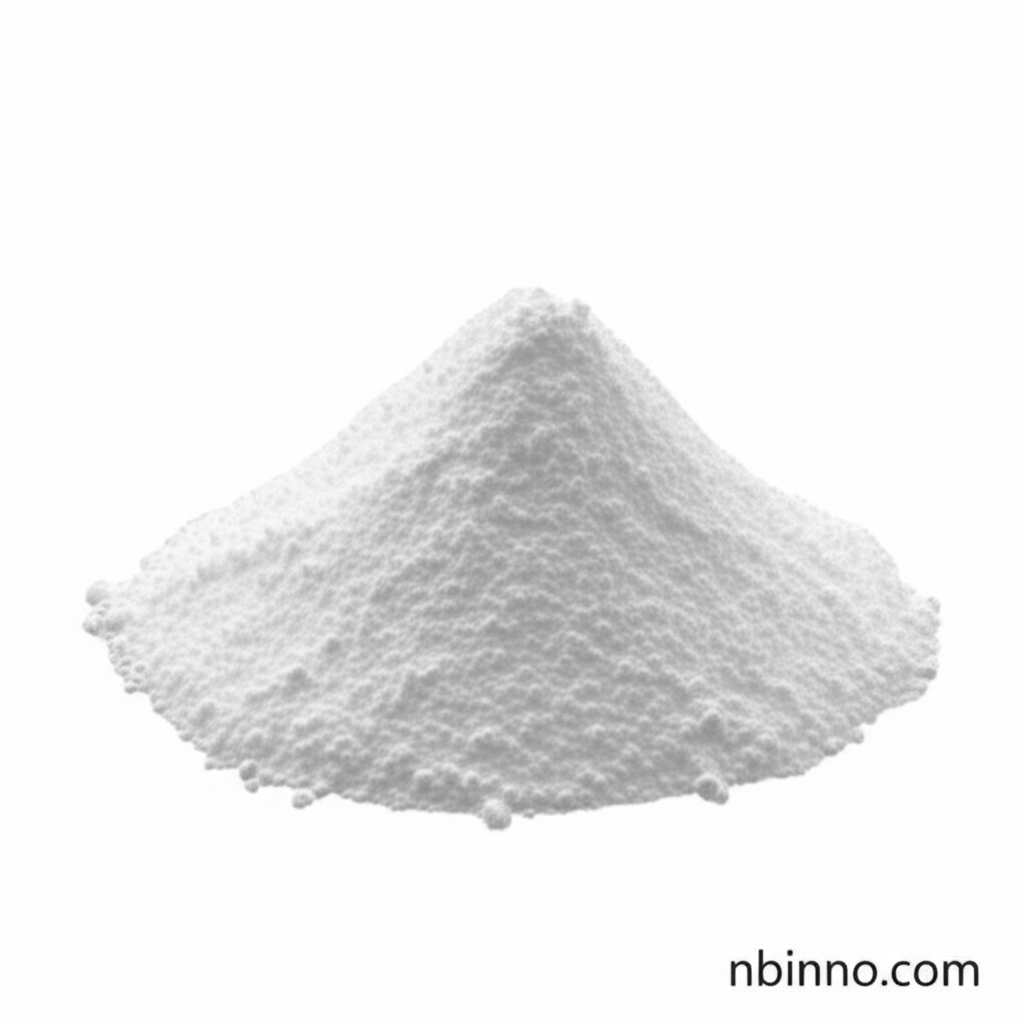5-Chloro-2,2'-Bipyridine: A Versatile Chemical Intermediate for Pharmaceutical and Material Science Applications
Explore the potential of this key heterocyclic compound in driving innovation across diverse chemical industries.
Get a Quote & SampleProduct Core Value

5-Chloro-2,2'-bipyridine
Discover the unique properties and broad utility of 5-Chloro-2,2'-bipyridine (CAS 162612-08-0), a critical building block in modern chemical synthesis. This compound serves as a vital intermediate for developing cutting-edge pharmaceuticals, advanced OLED/photoelectric materials, and efficient metal catalysts, making it indispensable for research and development in various scientific fields.
- Harness the power of heterocyclic intermediate synthesis for novel drug discovery.
- Utilize organic chemistry building blocks like this to create next-generation OLED materials.
- Employ this compound as a precursor for high-performance metal catalyst ligands.
- Investigate its role in material science applications requiring specialized chemical intermediates.
Advantages Offered by the Product
Exceptional Purity for Reliable Results
Benefit from the guaranteed high purity (97% min) of 5-chloro-2,2'-bipyridine, ensuring reproducible and dependable outcomes in your chemical synthesis projects and advanced material formulations.
Versatility in Chemical Synthesis
Leverage this compound's adaptability as a versatile chemical intermediate, facilitating complex organic synthesis pathways for diverse applications, from pharmaceuticals to electronics.
Enabling Advanced Material Development
Explore the potential of using organic chemistry building blocks to create next-generation OLED materials and other photoelectronic components with enhanced properties.
Key Applications
Pharmaceutical Intermediates
As a key component in pharmaceutical intermediate applications, 5-chloro-2,2'-bipyridine is instrumental in synthesizing active pharmaceutical ingredients (APIs) and exploring novel therapeutic agents.
OLED and Photoelectric Materials
Its structure makes it an excellent precursor for OLED materials, contributing to the development of more efficient and vibrant displays and lighting solutions in the photoelectric sector.
Metal Catalysts
The compound's ability to act as a ligand makes it valuable in the design of metal catalysts for various industrial chemical processes, enhancing reaction efficiency and selectivity.
Organic Synthesis Research
Researchers extensively use this as a fundamental building block in organic synthesis, enabling the exploration of new chemical structures and reactions for scientific advancement.
